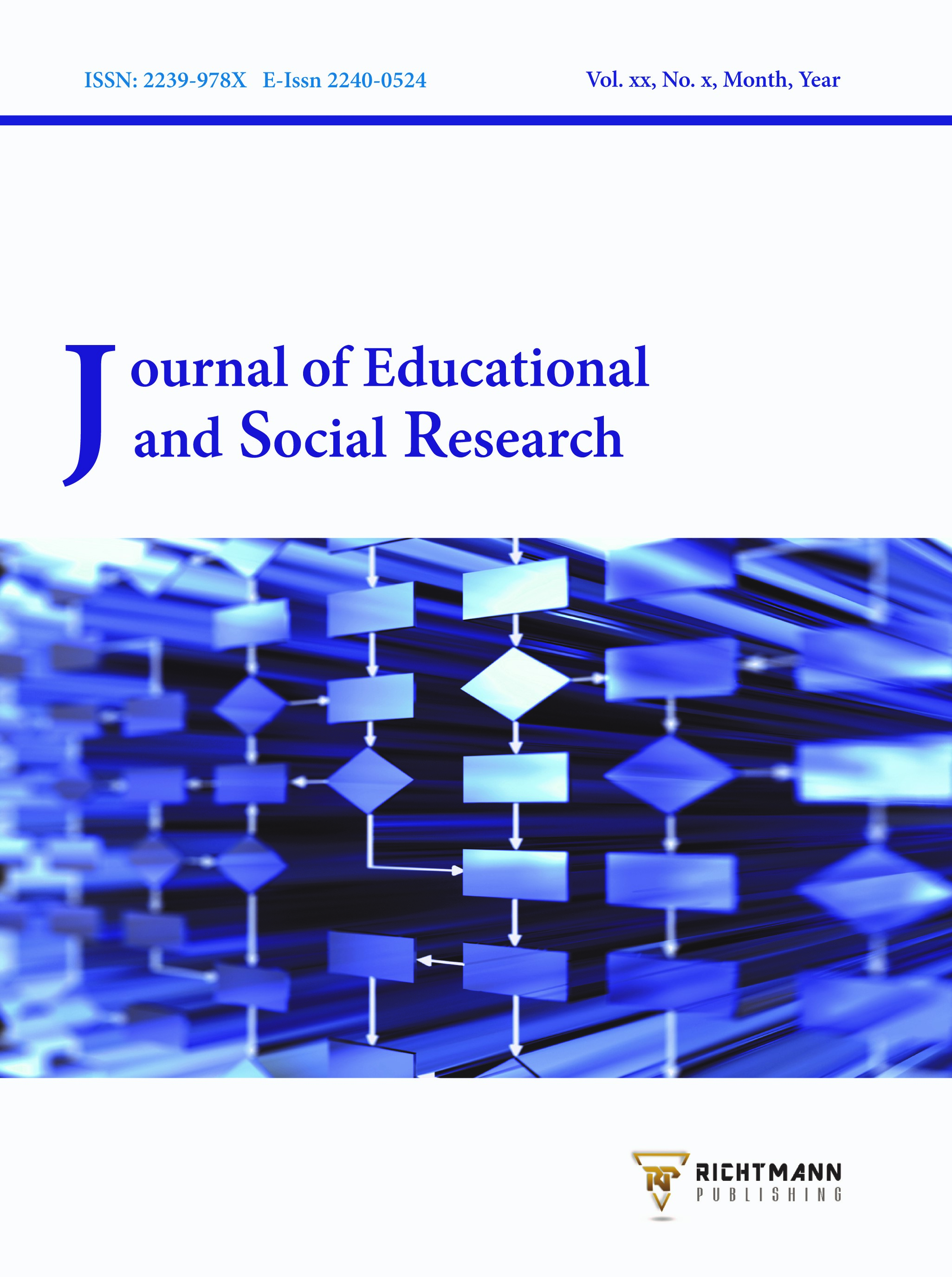Development of the Social Security in Vietnam: Reality and Solutions
DOI:
https://doi.org/10.36941/jesr-2022-0126Keywords:
Social security, motivation, social justice, VietnamAbstract
The development of the social security system is to show the progress of each country, each state, and on a worldwide scale. Therefore, at present, every government in the world is trying to build and implement a basic human social security system through its specific policy system, contributing to building a progressive society, towards the values of truth, goodness, beauty, and sustainable development. In the process of international integration, Vietnam has built a synchronous social security system, especially policies on job creation, minimum income guarantees for people; social insurance to compensate for the reduced income in case of illness, labor accident, old age; irregular and regular social assistance; providing basic social services in terms of health, education, preferential policies for people with meritorious services, etc. These are pioneering achievements in the implementation of Vietnam's Millennium Development Goals, which have been recognized and praised by the United Nations. However, the current social security system in Vietnam has not yet met the needs of society as policies have been promulgated a lot, but are not synchronized, and have not reached the hands of those who need support when implementing them declared in fact. The quality of public services is still low, and security measures to overcome difficulties in unusual conditions, such as the Covid-19 pandemic, are still delayed and have not yet ensured fairness, inclusiveness, and sustainability. The social security system in the new situation needs to clearly define development goals for the people, attach importance to social inclusion, and fundamentally change the perception of the position and role of communities, businesses, and regions' private sector in the pillars of well-being, reducing the burden of state subsidies and deepening international integration.
Received: 19 July 2022 / Accepted: 25 August 2022 / Published: 2 September 2022
Downloads
Downloads
Published
Issue
Section
License

This work is licensed under a Creative Commons Attribution-NonCommercial 4.0 International License.
This work is licensed under a Creative Commons Attribution-NonCommercial 4.0 International License.









